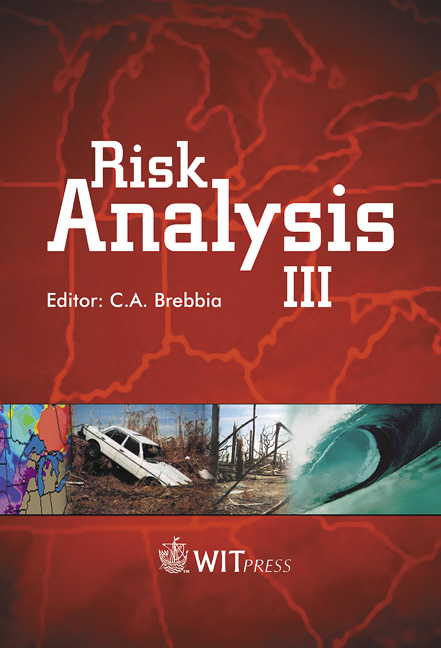The Investigation Of The Design Parameters Of The Iranian Earthquake Code Of Practice Based On Hazard Analysis
Price
Free (open access)
Transaction
Volume
31
Pages
Published
2002
Size
516 kb
Paper DOI
10.2495/RISK020631
Copyright
WIT Press
Author(s)
G. Ghodrani Amiri & H. Rabet Es-Hagi
Abstract
The investigation of the design parameters of the Iranian earthquake code of practice based on hazard analysis G. Ghodrati Amiri & H. Rabet Es-haghi Department of Civil Engineering, Iran University of Science & Technology, Tehran, Iran Abstract The correct and satisfactory design of the structures in each country depends on having an appropriate earthquake code of practice based on the regional and seismic conditions of that country. In this regard, the Iranian earthquake code of practice has undergone some rapid revisions in the recent versions. The reason is that comprehensive researches based on the analysis of seismic data haven’t been performed. In this research, the seismic design parameters have been investigated and analyzed based on the hazard analysis studies and the documented data from the past earthquakes in Tehran. In order to process the data in this research, a user-friendly software named STIUSHA was developed. Based on the obtained results, some changes in the design parameters of the 2800 Iranian earthquake code of practice can be made parallel to the advanced earthquake codes of practice of the world. 1 Introduction Earthquake is an unexpected event, during which a considerable energy would be released and this energy causes ground vibration and sometimes destruction over ground surface and death of thousands of humans. Iran plateau is situated over one of the active seismic belts of the world (Alpide- Himalaya) and many active faults of Iran are located near important centers and populated areas and once in a while, a shallow earthquake occurs in these regions, which sometimes causes a great catastrophe. The study of the
Keywords





